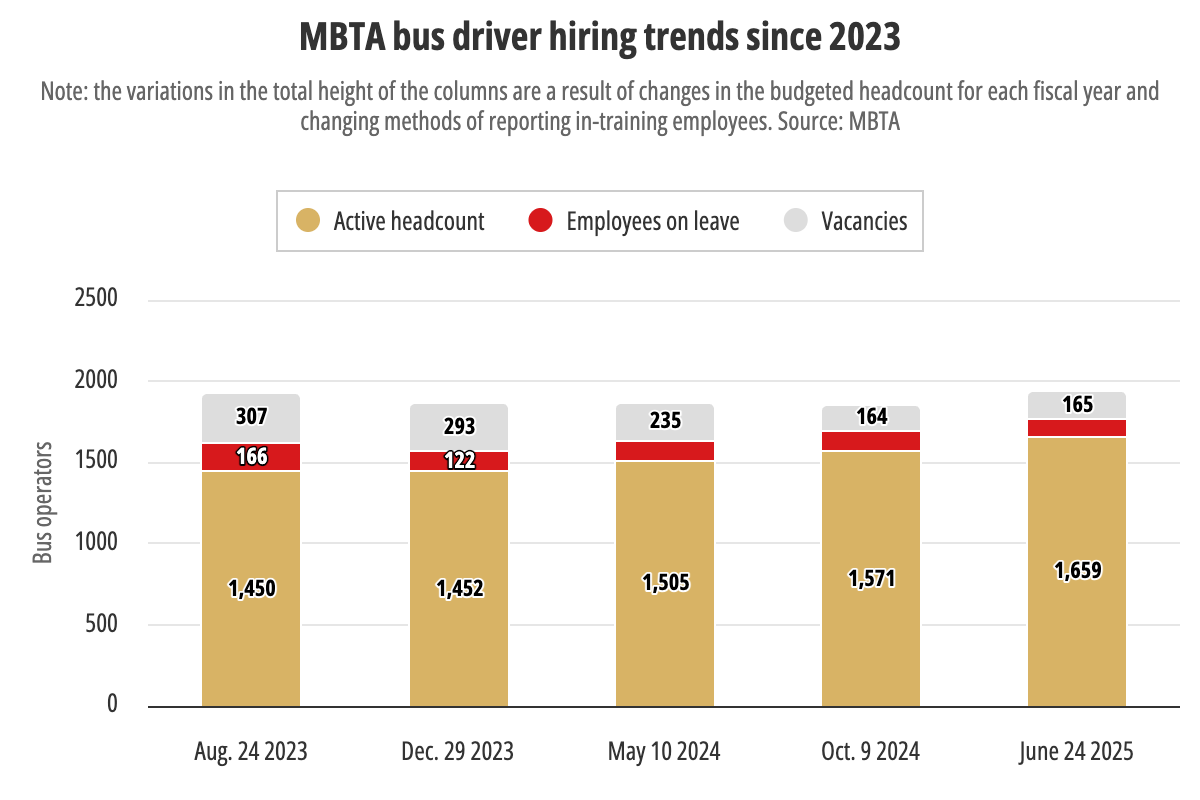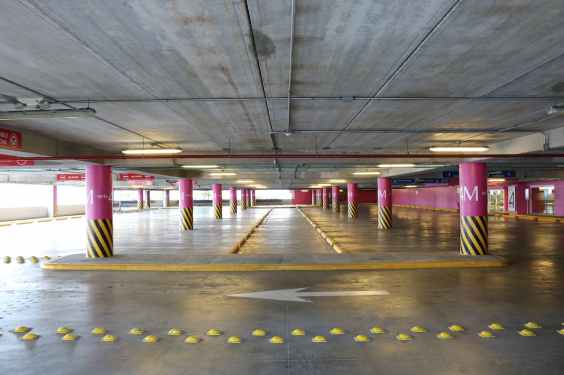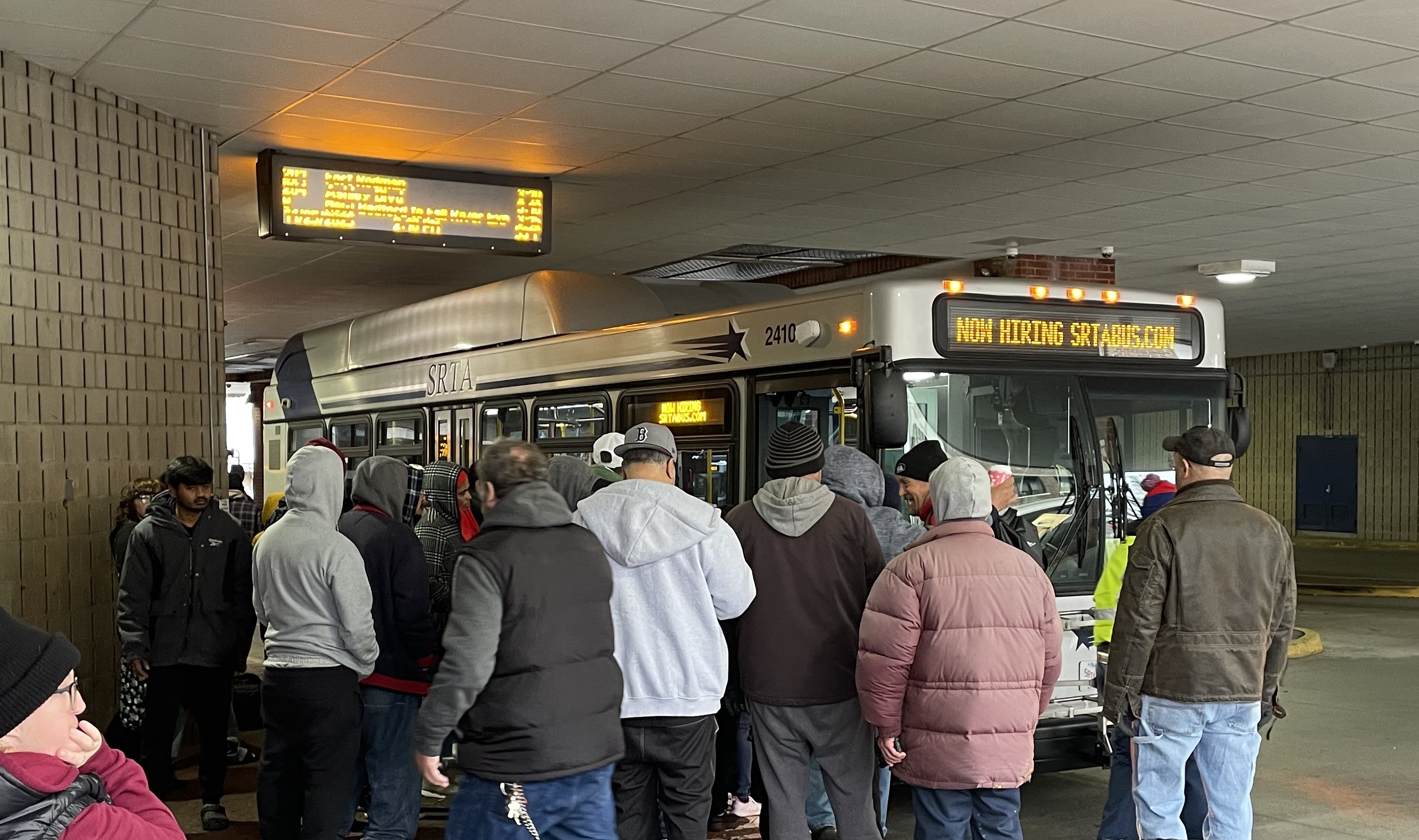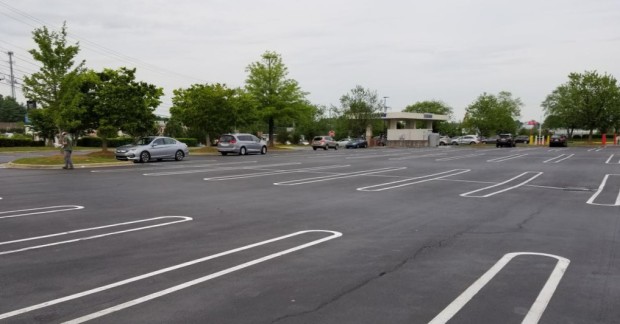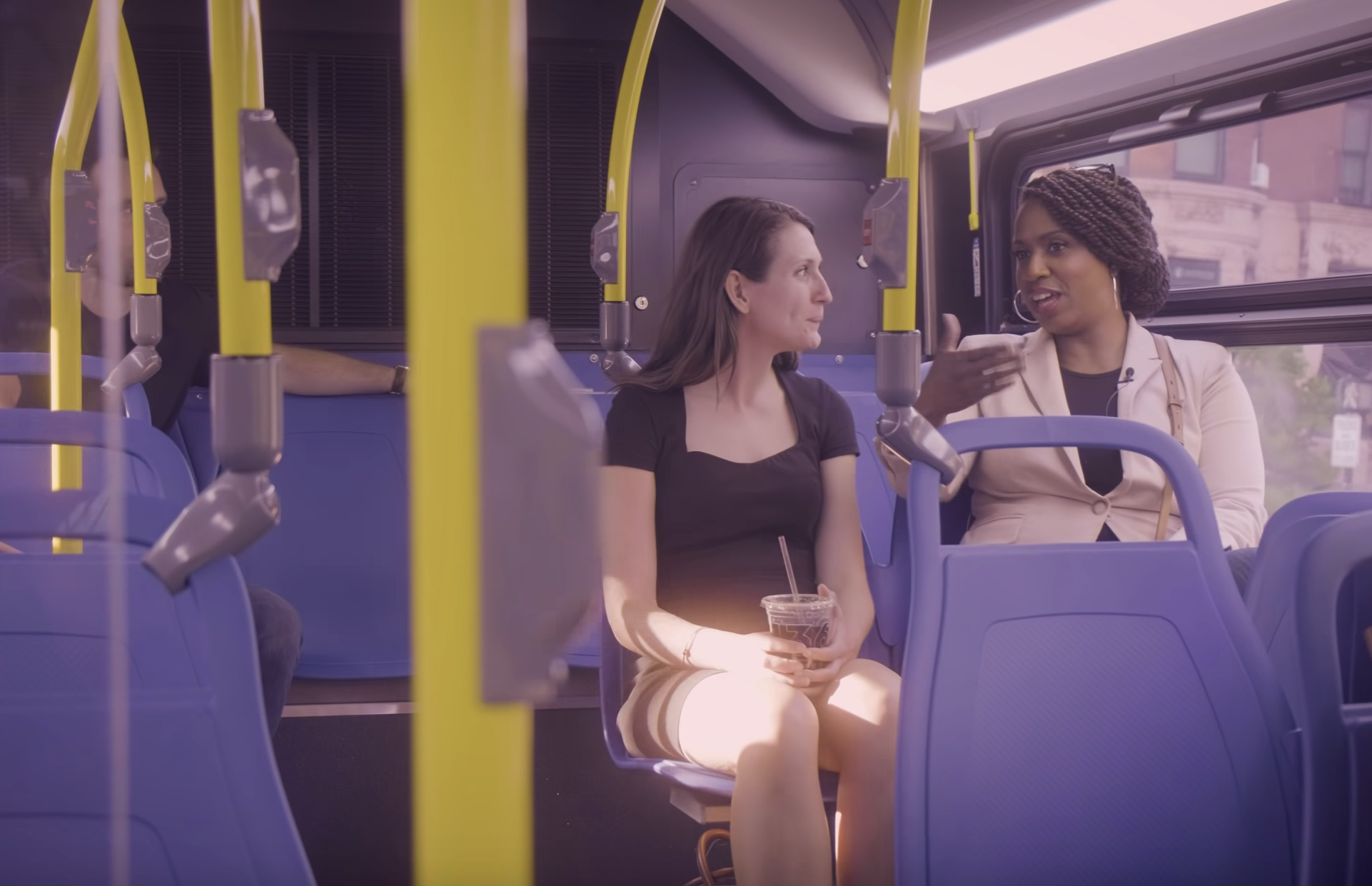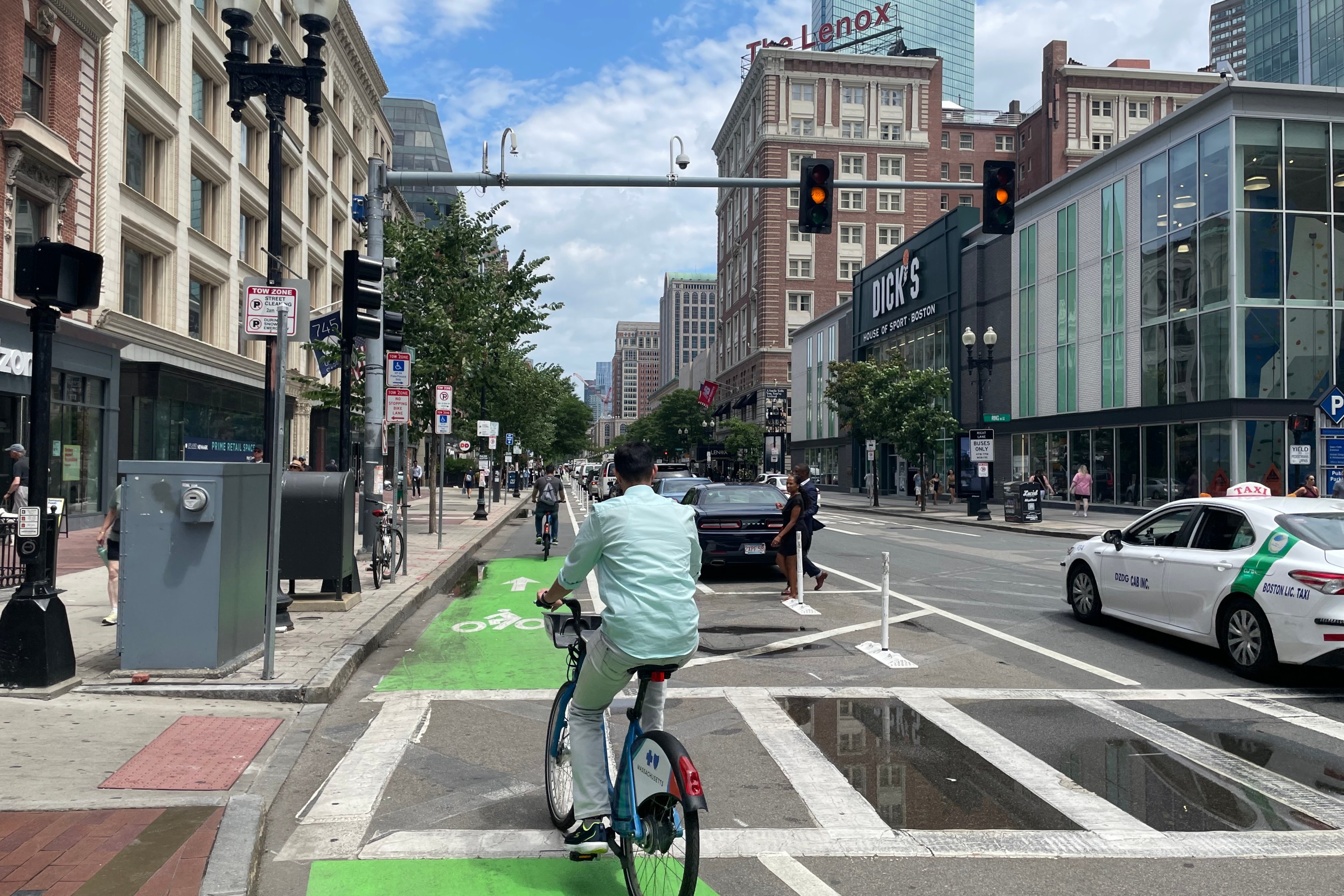The MBTA has added more than 200 new drivers to its active roster of bus operators since Governor Healey took office and enacted a more competitive labor contract for transit workers.
The revitalized workforce eases what had been one of the MBTA's biggest organizational obstacles to providing transit service.
In 2023, when former Governor Charlie Baker left office, one in five of the T's budgeted bus operator positions were vacant.
The lack of drivers forced the T to reduce its bus schedules several times, even as riders were attempting to return to public transit in the wake of the Covid-19 pandemic.
In the summer of 2023, though, newly-elected Gov. Maura Healey struck a new, more generous labor deal with MBTA workers that featured improvements to bus driver pay and working schedules.
In the months since then, the T's roster of drivers has been growing steadily, while the number of vacant bus operator positions has correspondingly shrunk.
On June 24th of this year, the T had 209 more active bus operators than it did in the summer of 2023 – a 14 percent increase.
An additional 125 new drivers were enrolled in the T's 10-week bus operator training program at that time, according to an MBTA spokesperson.
Some more service, and some more sitting in traffic
At the end of 2024, the T implemented its first significant expansion of bus service since the Covid-19 pandemic when it upgraded four bus routes – the 104, 109, 110, and 116 – in the cities north of Boston.
That "phase one" of its long-planned Bus Network Redesign added about 1,920 service hours per week for those routes – the equivalent of roughly 50 additional bus drivers driving on a full-time schedule.
But in other parts of the region, increasing congestion is forcing the agency to pay more drivers just to sit in traffic.
In its quarterly update to transit schedules this spring, MBTA officials warned that "rising traffic congestion in the Boston area affects bus operations by increasing the travel time for each trip."
In order to meet its existing schedules, the T announced in a press release that "more than half of the additional bus operators available this spring will be dedicated to addressing traffic congestion" on just seven bus routes: the 1, 22, 23, 32, 66, 111, and Silver Line 4.
"These changes do not expand service or increase frequencies beyond the existing schedule," the press release clarified.
As we reported earlier this month, Mayor Wu's administration recently eliminated a dedicated bus lane for one of those routes, the 111.
Another, the Silver Line 4, ostensibly runs on dedicated bus lanes for almost the entire length of its route between Nubian Square and South Station. But illegally-parked vehicles, construction, and scofflaw drivers frequently block those lanes and force bus drivers to merge in and out of traffic.
Will bus network redesign's next phase also get stuck in traffic?
An MBTA spokesperson also told StreetsblogMASS that the agency is "in the process of finalizing last details regarding the next phase of Bus Network Redesign’s expansions and upgrades."
The spokesperson added that the agency plans to release details "within the coming weeks."
The MBTA's newly-approved budget makes room for additional bus driver hiring with 1,974 budgeted positions, including part-time positions.
A February memorandum on the performance of the Columbus Avenue bus lanes revealed that the next phase of the bus network redesign effort would target service improvements on several bus routes in Dorchester, Roxbury, and Mattapan.
"Beginning in 2025 and continuing through 2026, the MBTA will increase service frequencies on the 15, 22, 23, and 28 as part of Bus Network Redesign Phase II," the memo said. "These service changes include span and frequency promotions specifically bringing Routes 22 (+52 percent service, +16 operators) and 28 (+20 percent service, +8 operators) to High Frequency status, and increasing Route 23 service (+8 percent service, +3 operators)."
Note that two of the routes targeted for service improvements – the 22 and the 23 – are also included in the list of traffic-congested routes where the T had to add more drivers this spring to compensate for slower trips.
